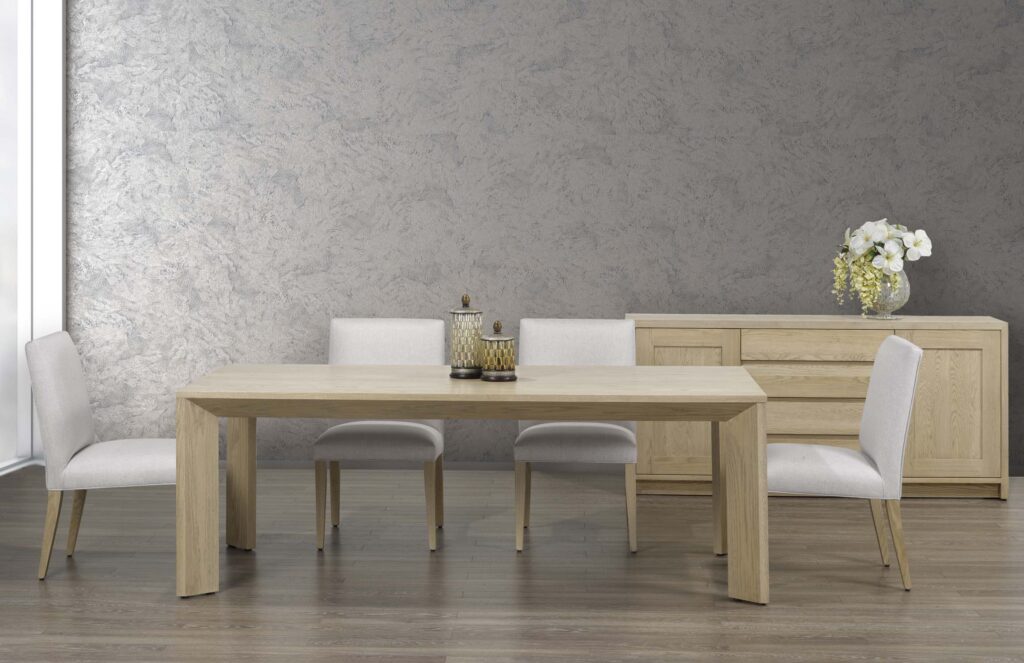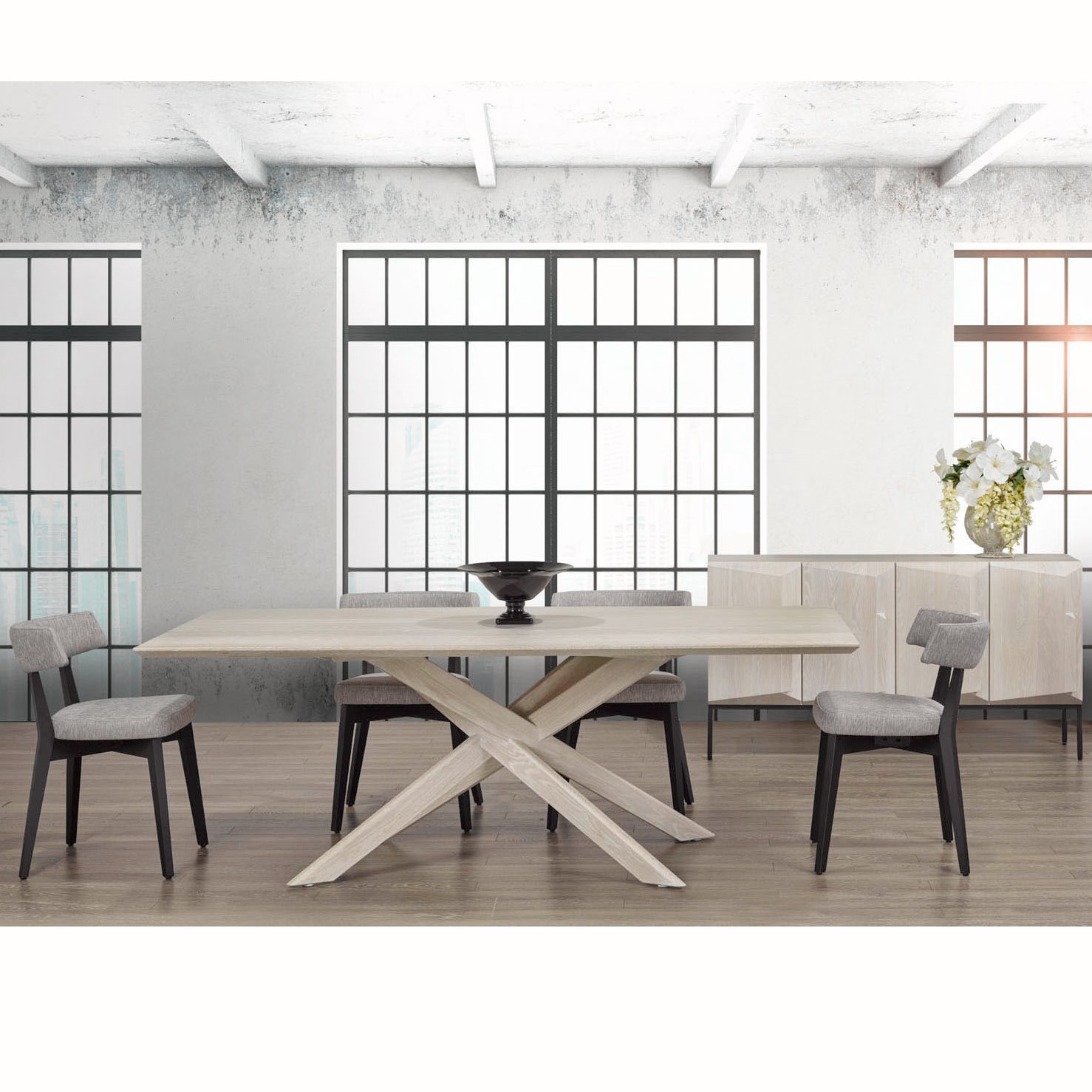
Scandinavian design has become a popular and influential trend in modern furniture, known for its minimalist aesthetic, functional approach, and emphasis on natural materials. explore the key elements and characteristics of Scandinavian design, its history and origins, and its significant impact on contemporary furniture styles.
- The Origins of Scandinavian Design:
Tracing back to the mid-20th century, the origins of Scandinavian design can be found in the Nordic countries, including Denmark, Sweden, Norway, Finland, and Iceland.
Influenced by the principles of simplicity, functionality, and a deep connection to nature, emerged as a response to the industrialization and mass production of furniture.
2.Key Characteristics of Scandinavian Design
Minimalism: Clean lines, simplicity, and uncluttered spaces are at the core of Scandinavian design. Furniture tends to have a sleek and streamlined appearance.
Functionality: prioritizes practicality and usability, with furniture that serves a purpose while remaining visually appealing.
Natural Materials: Wood, particularly light-colored and sustainable options like beech, birch, or oak, is a prominent material in Scandinavian furniture. Other natural materials like leather and wool are also commonly used.
Light and Neutral Colors: Soft and light color palettes, including whites, grays, and muted pastels, are favored in Scandinavian design. This creates a sense of openness and tranquility.
3.Form and Function in Scandinavian Furniture
Values the harmony between form and function. Furniture pieces are often designed with clean lines and simple geometric shapes, with a focus on ergonomic comfort.
4.Multi-functional Furniture
Known for its smart and versatile solutions. Many furniture pieces are designed to serve multiple purposes or have built-in storage options.
5.Scandinavian Design and Sustainability
Has a strong connection to sustainability and environmental consciousness. The use of natural and renewable materials, as well as a focus on longevity and durability, contributes to a more sustainable approach to furniture production.
6.The Influence on Modern Furniture Styles
The principles have permeated contemporary furniture styles around the world, influencing designers and homeowners alike. Minimalist and functional designs, natural materials, and light color palettes are now common features in modern furniture across various design movements.
Scandinavian design has left an indelible mark on modern furniture, emphasizing simplicity, functionality, and a harmonious connection with nature. Its influence can be seen in the widespread adoption of minimalist aesthetics, the use of natural materials, and the integration of multi-functional designs. Whether you’re seeking timeless elegance or a sense of calm in your living space, incorporating elements can elevate your furniture choices to a new level of style and functionality.

